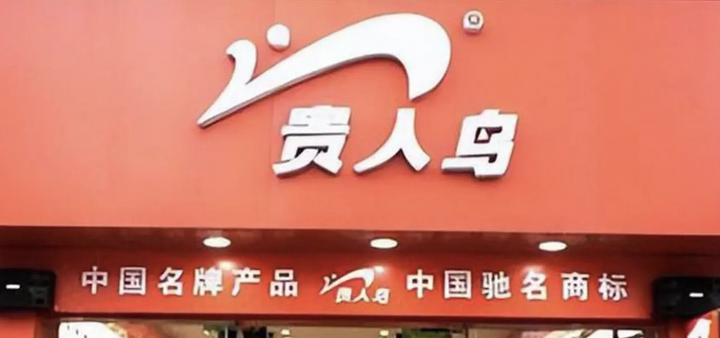The Rise and Fall of Guirenniao: From Shoe Giant to Agricultural Enterprise
Once a prominent Chinese sportswear brand, Guirenniao has transformed into Golden Crane Agriculture after years of decline. This shift marks the end of its 20-year journey in the sports industry and begins a new chapter in the food sector.

The transformation of Guirenniao (贵人鸟) from a leading Chinese sports brand to an agricultural enterprise reflects the volatile nature of China’s competitive retail market. The company’s journey is a compelling tale of rapid rise, overexpansion, and strategic reinvention.
In the early 2000s, Guirenniao emerged as a formidable player in China’s sportswear industry. The company struck gold by signing major celebrities like Jackie Chan and Zhang Bozhi as brand ambassadors. Their marketing prowess culminated in 2014 when Guirenniao became the first sports brand to list on China’s A-share market, with its market value exceeding 40 billion yuan.
However, the company’s ambitious post-IPO expansion proved to be its undoing. Between 2015 and 2017, Guirenniao invested nearly 5 billion yuan in various sports-related ventures, including:
- A 240 million yuan investment in Hupu Sports
- Acquisition of sports retail chain Jie Zhi Xing
- Investment in Spanish football management
- Purchase of Prince Sports trademark rights
This aggressive diversification came at a heavy cost. While pursuing these investments, Guirenniao neglected its core footwear business, losing market share to competitors like Nike, Adidas, and domestic rivals Li Ning and Anta. By 2018, the company reported a staggering 694 million yuan loss, marking the beginning of a downward spiral.
The situation deteriorated further as debt mounted, leading to a bankruptcy reorganization in 2021. The company found a lifeline when Heilongjiang Taifu Golden Valley Network Technology acquired control, bringing agricultural expertise and a new strategic direction.
The January 2025 rebranding to Golden Crane Agriculture (金鹤农业) symbolizes a complete departure from its sporting goods heritage. Under new leadership, the company now focuses on grain trading and ready-to-eat meals, leveraging its new parent company’s agricultural supply chain expertise.
This dramatic transformation raises questions about brand identity and corporate strategy in China’s evolving market landscape. While some view it as a pragmatic survival move, others see it as a cautionary tale about the risks of aggressive expansion without maintaining core competencies.
The Guirenniao story serves as a reminder that sustained success requires more than just marketing prowess and capital market access. It demonstrates how even established brands must carefully balance growth ambitions with operational fundamentals and market positioning to avoid the fate of becoming another cautionary tale in China’s corporate history.